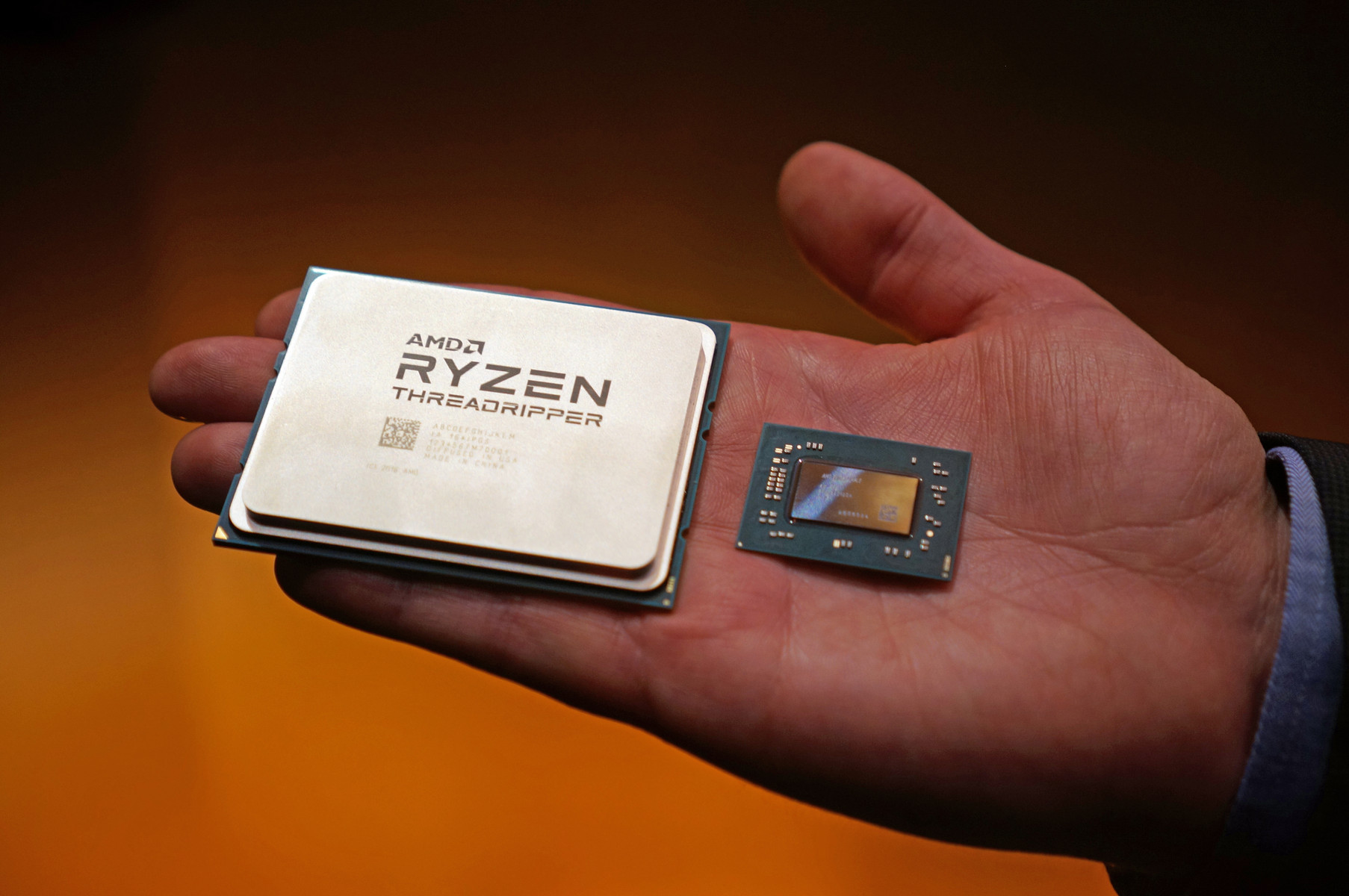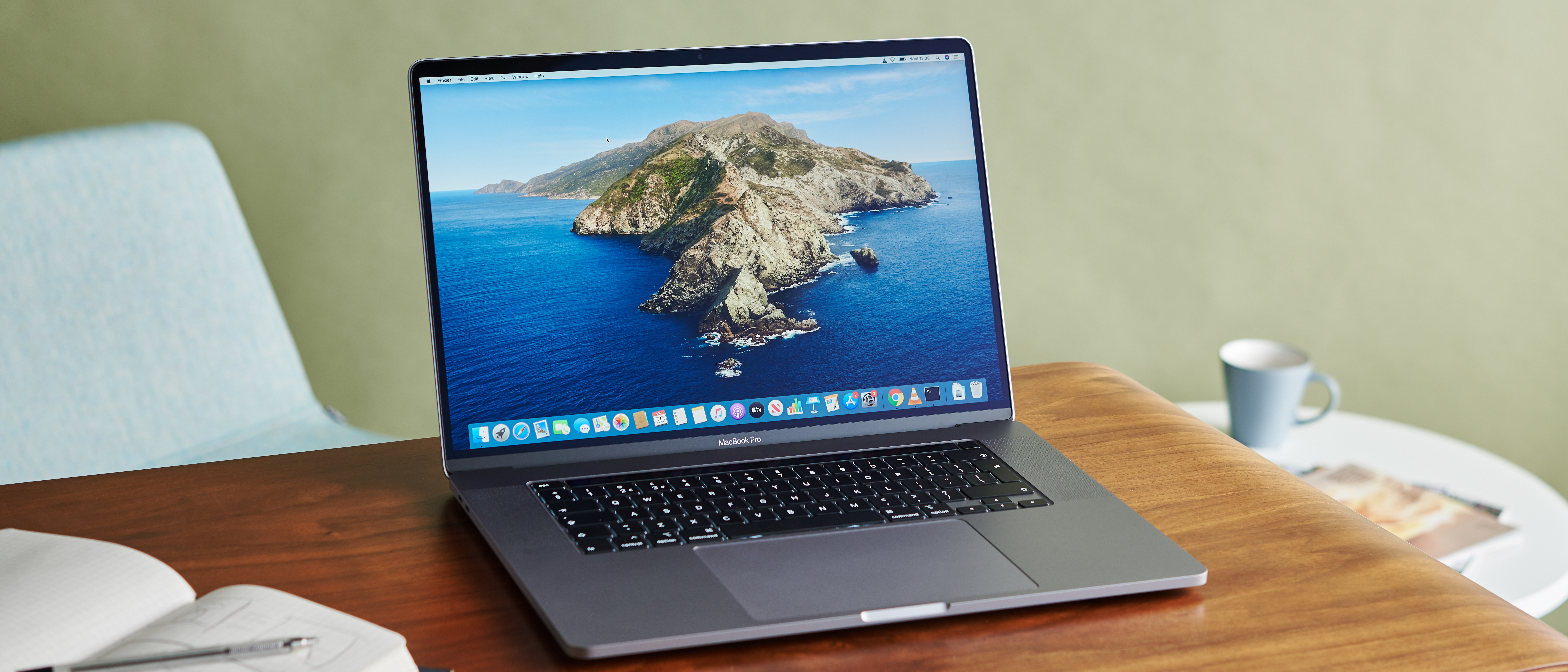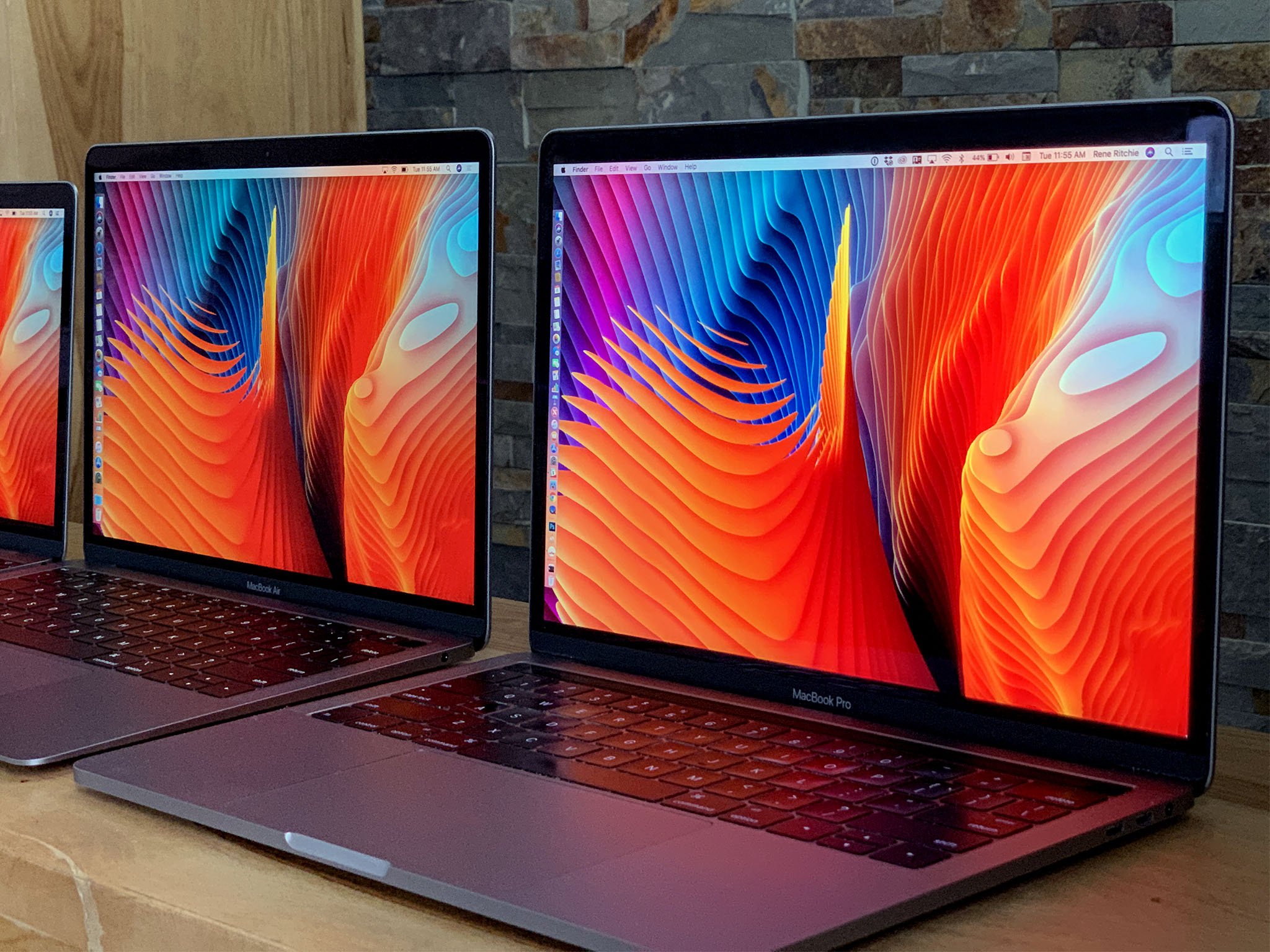

Cooperative multitasking Įarly multitasking systems used applications that voluntarily ceded time to one another. Multiprogramming greatly reduced wait times when multiple batches were being processed. As there were no users waiting at an interactive terminal, this was no problem: users handed in a deck of punched cards to an operator, and came back a few hours later for printed results.

Indeed, the first program may very well run for hours without needing access to a peripheral. Multiprogramming gives no guarantee that a program will run in a timely manner. The use of multiprogramming was enhanced by the arrival of virtual memory and virtual machine technology, which enabled individual programs to make use of memory and operating system resources as if other concurrently running programs were, for all practical purposes, nonexistent. The process continued until all programs finished running. When the first program reached an instruction waiting for a peripheral, the context of this program was stored away, and the second program in memory was given a chance to run. During batch processing, several different programs were loaded in the computer memory, and the first one began to run. The first computer using a multiprogramming system was the British Leo III owned by J. When the computer ran a program that needed access to a peripheral, the central processing unit (CPU) would have to stop executing program instructions while the peripheral processed the data. In the early days of computing, CPU time was expensive, and peripherals were very slow. The term "multitasking" has become an international term, as the same word is used in many other languages such as German, Italian, Dutch, Danish and Norwegian.
#MAC VS WINDOWS LAPTOP FOR MULTI THREAD PROGRAMS SOFTWARE#
Depending on the operating system, a task might be as large as an entire application program, or might be made up of smaller threads that carry out portions of the overall program.Ī processor intended for use with multitasking operating systems may include special hardware to securely support multiple tasks, such as memory protection, and protection rings that ensure the supervisory software cannot be damaged or subverted by user-mode program errors. Often multitasking operating systems include measures to change the priority of individual tasks, so that important jobs receive more processor time than those considered less significant. Real-time systems such as those designed to control industrial robots, require timely processing a single processor might be shared between calculations of machine movement, communications, and user interface. In multiprogramming systems, a task runs until it must wait for an external event or until the operating system's scheduler forcibly swaps the running task out of the CPU. In a time-sharing system, multiple human operators use the same processor as if it was dedicated to their use, while behind the scenes the computer is serving many users by multitasking their individual programs. It allows more efficient use of the computer hardware where a program is waiting for some external event such as a user input or an input/output transfer with a peripheral to complete, the central processor can still be used with another program. Multitasking is a common feature of computer operating systems. Even on multiprocessor computers, multitasking allows many more tasks to be run than there are CPUs. Multitasking does not require parallel execution of multiple tasks at exactly the same time instead, it allows more than one task to advance over a given period of time.

This " context switch" may be initiated at fixed time intervals ( pre-emptive multitasking), or the running program may be coded to signal to the supervisory software when it can be interrupted ( cooperative multitasking). Multitasking automatically interrupts the running program, saving its state (partial results, memory contents and computer register contents) and loading the saved state of another program and transferring control to it. As a result, a computer executes segments of multiple tasks in an interleaved manner, while the tasks share common processing resources such as central processing units (CPUs) and main memory. New tasks can interrupt already started ones before they finish, instead of waiting for them to end. In computing, multitasking is the concurrent execution of multiple tasks (also known as processes) over a certain period of time.

Multitasking capabilities of Microsoft Windows 1.01 released in 1985, here shown running the MS-DOS Executive and Calculator programs


 0 kommentar(er)
0 kommentar(er)
